The Wild Life of the Great Ocean Road
There will be a lot of driving today so make sure you’ve programmed your playlist carefully. Obvious choices for your journey would be the Beatle’s Long and Windy Road, the Talking Head’s Road to Nowhere, Fleetwood Mac’s Go your Own Way, and Johnny Cash’s I’ve Been Everywhere. Less obvious selections would be the Aussie themed songs such as Please Don’t Call Me A Koala Bear, Come to Australia, You Might Accidentally Get Killed, and Tie Me Kangaroo Down Sport. But perhaps you should start with a little Beach Boys as Bells Beach will be the first stop today. Bells Beach, located near the town of Torquay, is famous among the surfing jetset. Torquay, is the unofficial surfing capital of Victoria, Australia.
It was in Torquay where two high school students who were avid surfers created the first surfing wet suit. They started out by making suits for their friends and eventually they began selling them to fellow surfers. This enterprise was the nascent of what eventually became the multi-million dollar company, Rip Curl. The Quicksilver clothing line brand was also founded here. Although there are several surf shops in Torquay, better deals can be had in Melbourne.
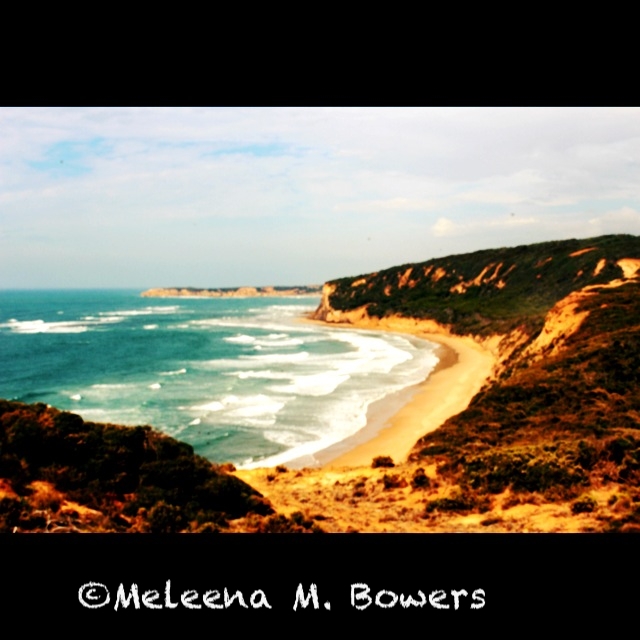
Bells Beach was the fictional setting of the final surfing competition in the movie Point Break. However, the movie was never actually filmed there.
On the off chance that watching buff surfers try to catch the perfect wave isn’t your thing, perhaps quaint villages are. The seaside village of Queenscliff seems to be permanently locked in time due to the prevalence of Victorian era buildings and fisherman’s cottages. Once a seaside resort area in the 1880s, Queenscliff has now reemerged as a destination in its own right along the Great Ocean Road. Art galleries, nautical shops, and cozy cafes line main street. If you’ve ever wanted to swim with dolphins or seals this is your chance. Scuba divers will also be drawn to Queenscliff as there are reefs and shipwrecks to explore below the surface. The History Channel crowd will also enjoy spending a few hours here as Queenscliff offers a Maritime Museum, Historical Museum, and Fort Queenscliff.
- Anzac biscuits are unlikely to be known outside of New Zealand and Australia. This sweet cookie is made out of rolled oats, syrup, coconut, butter, and sugar. Ladies would send batches of Anzac biscuits to soldiers who were serving abroad during World War I as the ingredients in the cookies would keep well during transport.
Grab a sandwich and some Anzacs and hop aboard the ferry from Queenscliff to Sorrento, a 40 minute journey which takes passengers to the other side of Port Phillip Bay. The ferry ride will provide a respite from driving and will bring you closer to Philip Island.
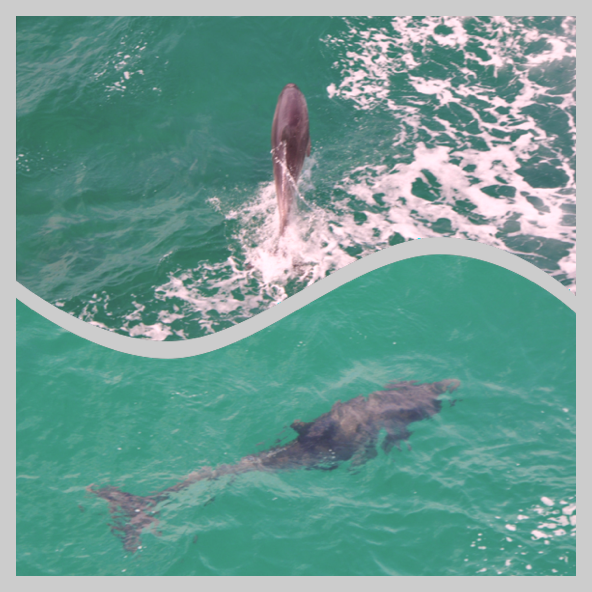
Be on the look out for dolphins. If you’re lucky, dolphins will play in the boat’s wake or will swim next to the boat like a marine escort into the harbor.
On your way to Philip Island, stop off at the Maru Koala and Animal Park. Here you will have ample opportunities for personal encounters with native Australian animals. You can feed friendly kangaroos as well as less social wallabies. In the wild kangaroos spend their days seeking shade and only come out during dawn and dusk.
Kangaroos are social creatures. Generally, they live in a pack of 4-50 kangaroos, known as a mob. When water is scarce a kangaroo mob can rival that of one of the five families reaching as many as 400 members. However, there is only one Godfather, that is to say, one alpha male per mob.
When they’re not lounging around, Kangaroos will eat right out of your hand.
Some of the bigger, more zealous Roos get so excited that they may unintentionally knock you off balance so be sure to stand your ground.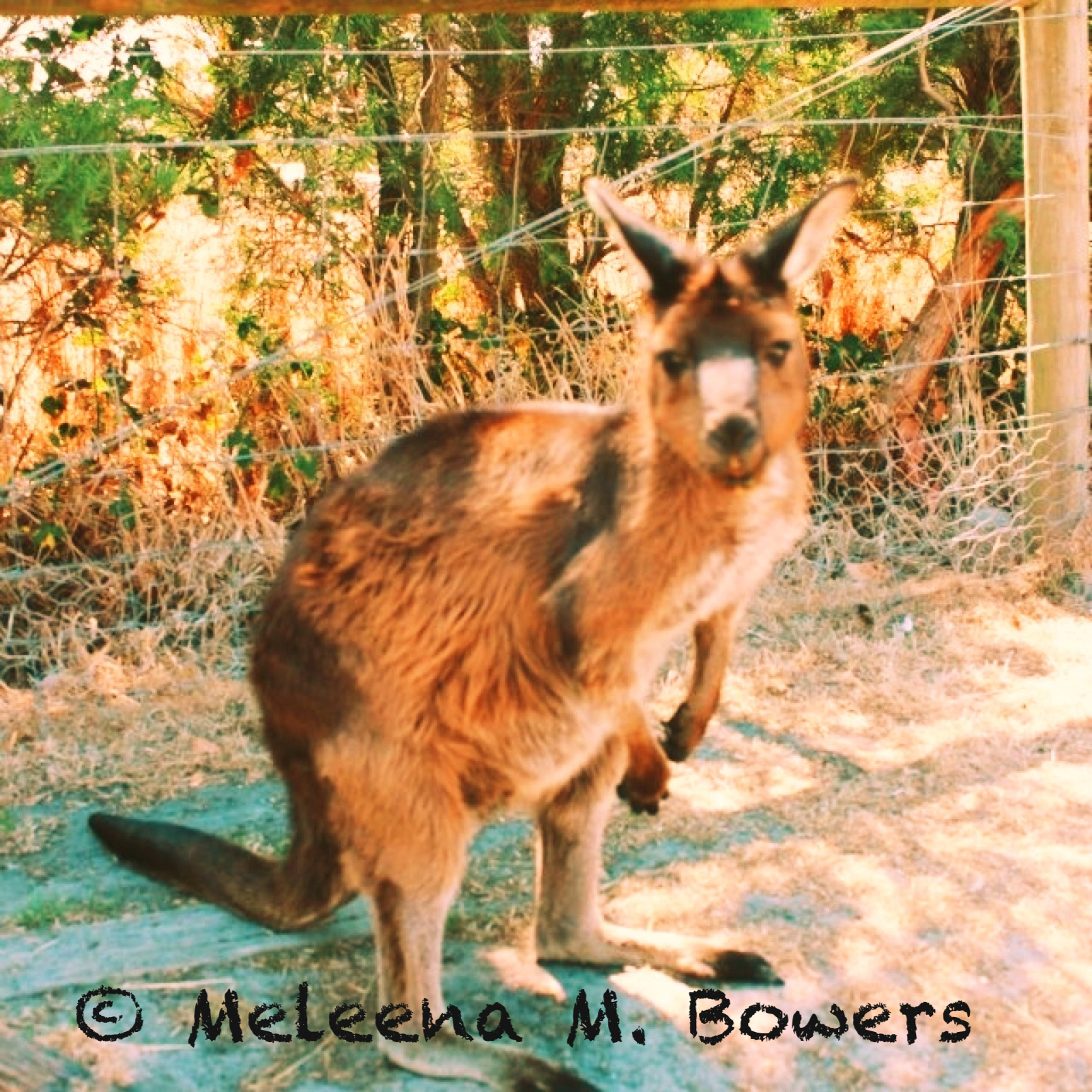
For a closer look at the koalas, take a guided tour of the koala enclosure. You can also have a “close encounter” with a koala for an additional fee. This is your opportunity to pat and feed a koala and have a souvenir photo taken next to one.
You can also watch koalas showcase their tightrope walking skills like extended family members of the Flying Wallendas.
The more anti-social Tasmanian devils are also on site. The Tasmanian Devils, native to the island of Tasmania, are under a threat of a fatally aggressive facial cancer. It is decimating Tazzies in the wild. In an effort to save the Tasmanian Devils, Australian conservationists have begun to breed Tazzies in captivity. There are also programs in place to isolate healthy Tasmanian Devils in Free Range Enclosures as well as to relocate them to other islands.
Although the more famous koalas and kangaroos may capture most of your attention, don’t over look the birds. They’re as worthy of your attention as the more exotic natives. The cockatoos are enthusiastic eaters who will often say a literal “hello” to you before breaking out into a cackle.
The Emu is also of interest. According to Aboriginal lore, the sun was said to be made by throwing an emu’s egg into the sky. This flightless bird, Australia’s largest native bird, can reach an impressive height of 6.6 feet, taller than most adult human males. Although more comfortable on land where they can reach speeds of upwards of 31 miles per hour, should the need arise, they can also swim.
In fact, saying a quick hello to the world’s largest bird, the Emu, is appropriate as you’ll soon be seeing the world’s smallest bird, the Blue Penguin on Phillip Island.
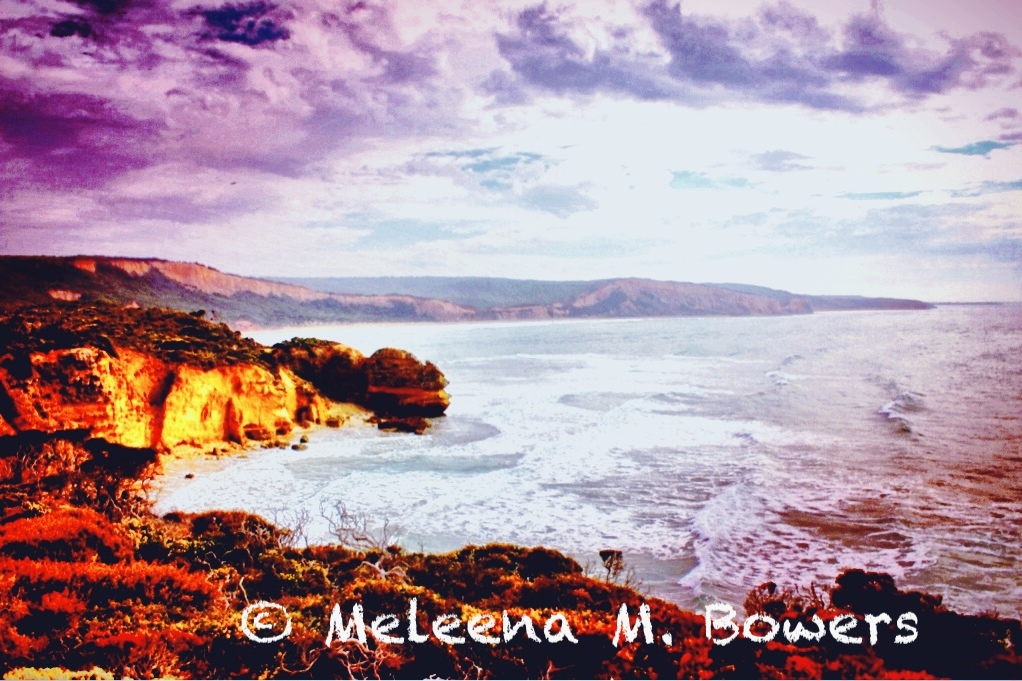
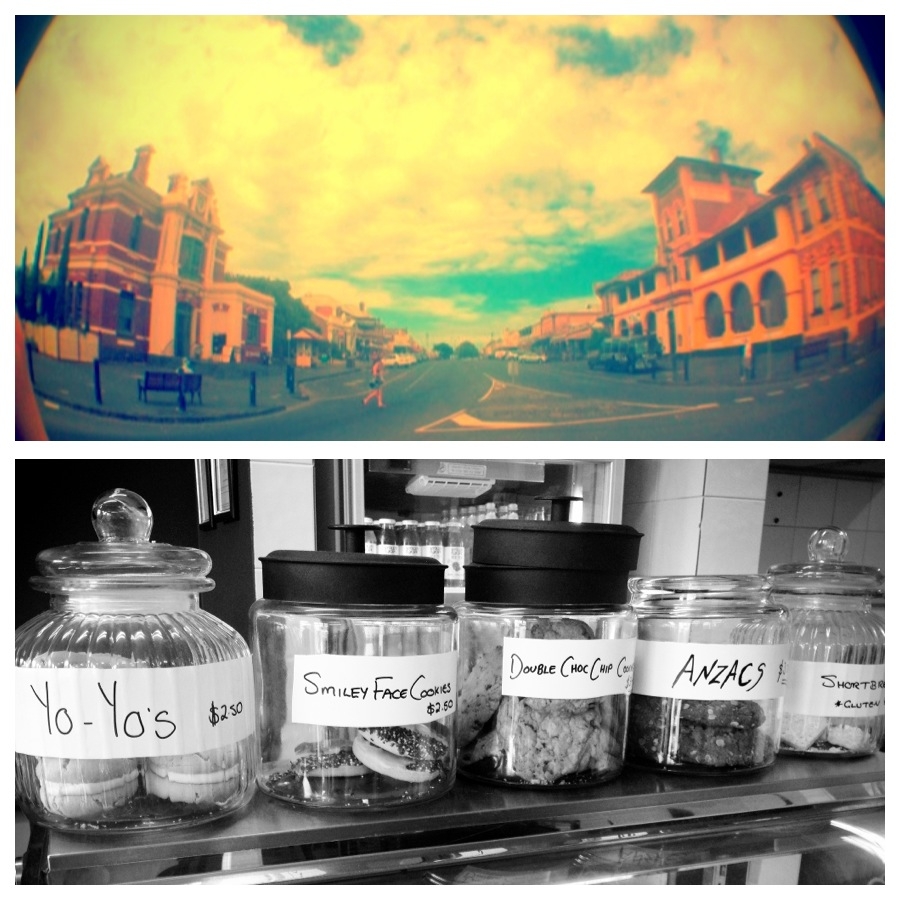
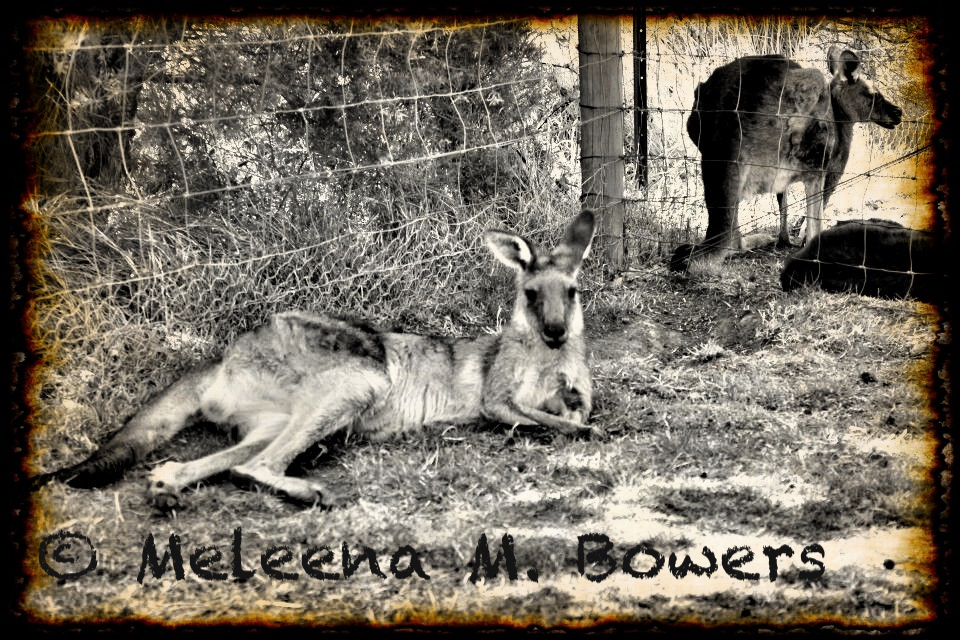
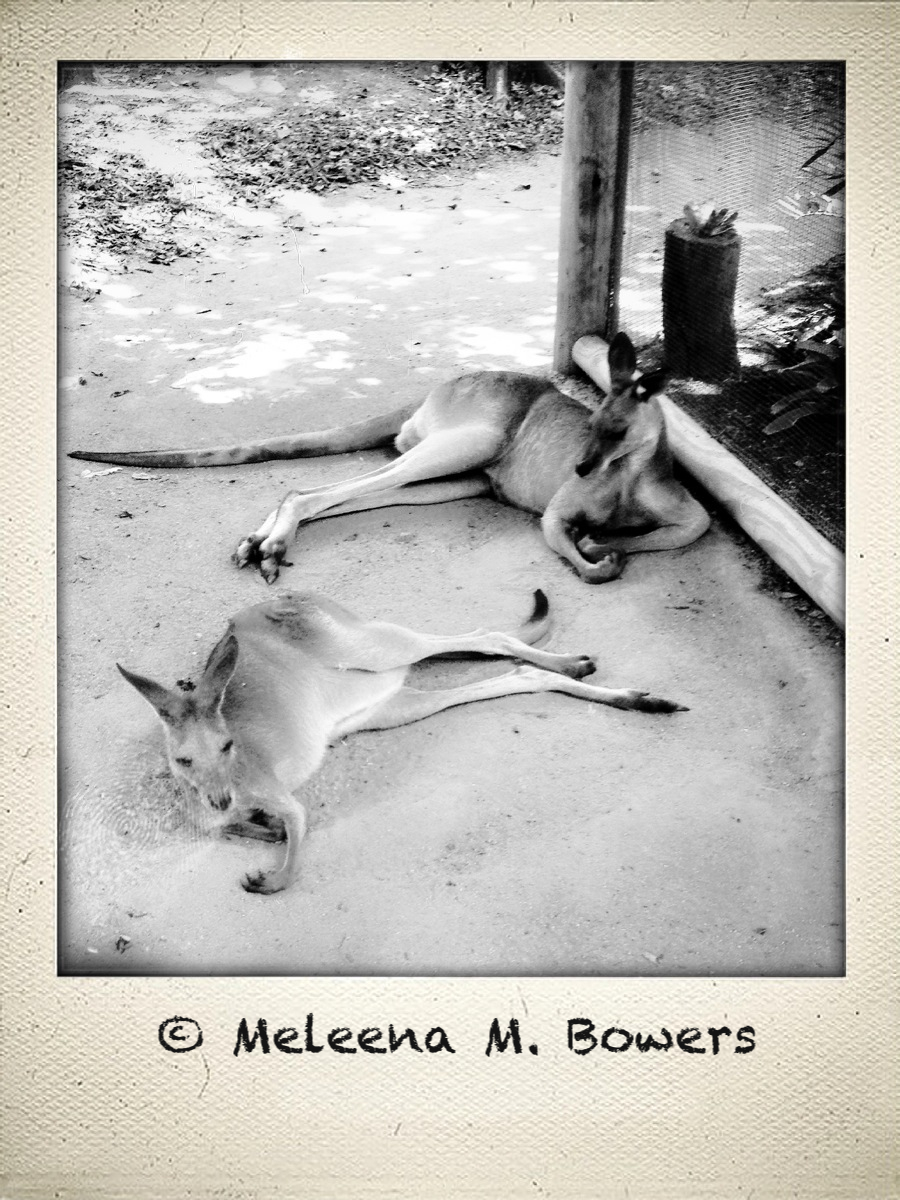
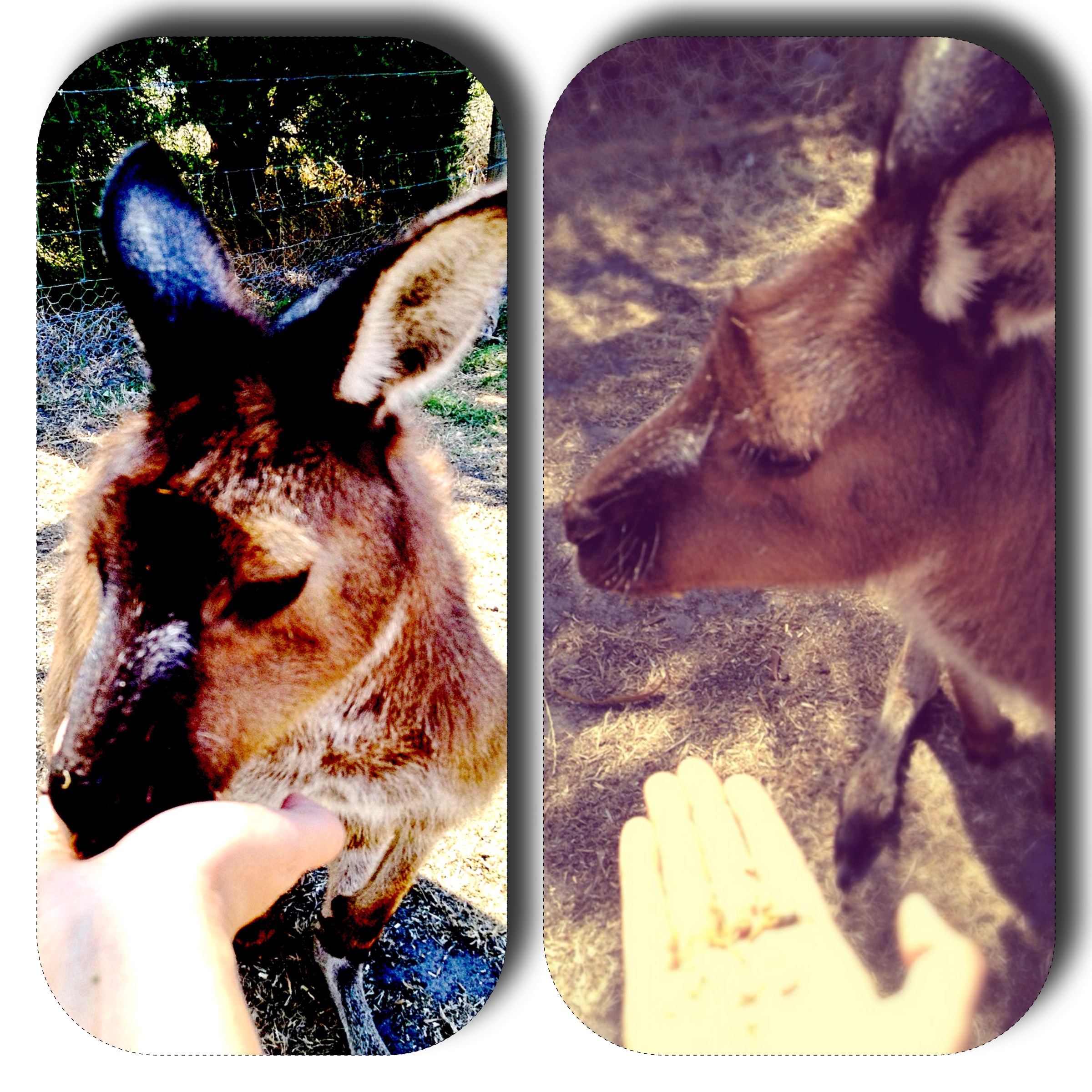
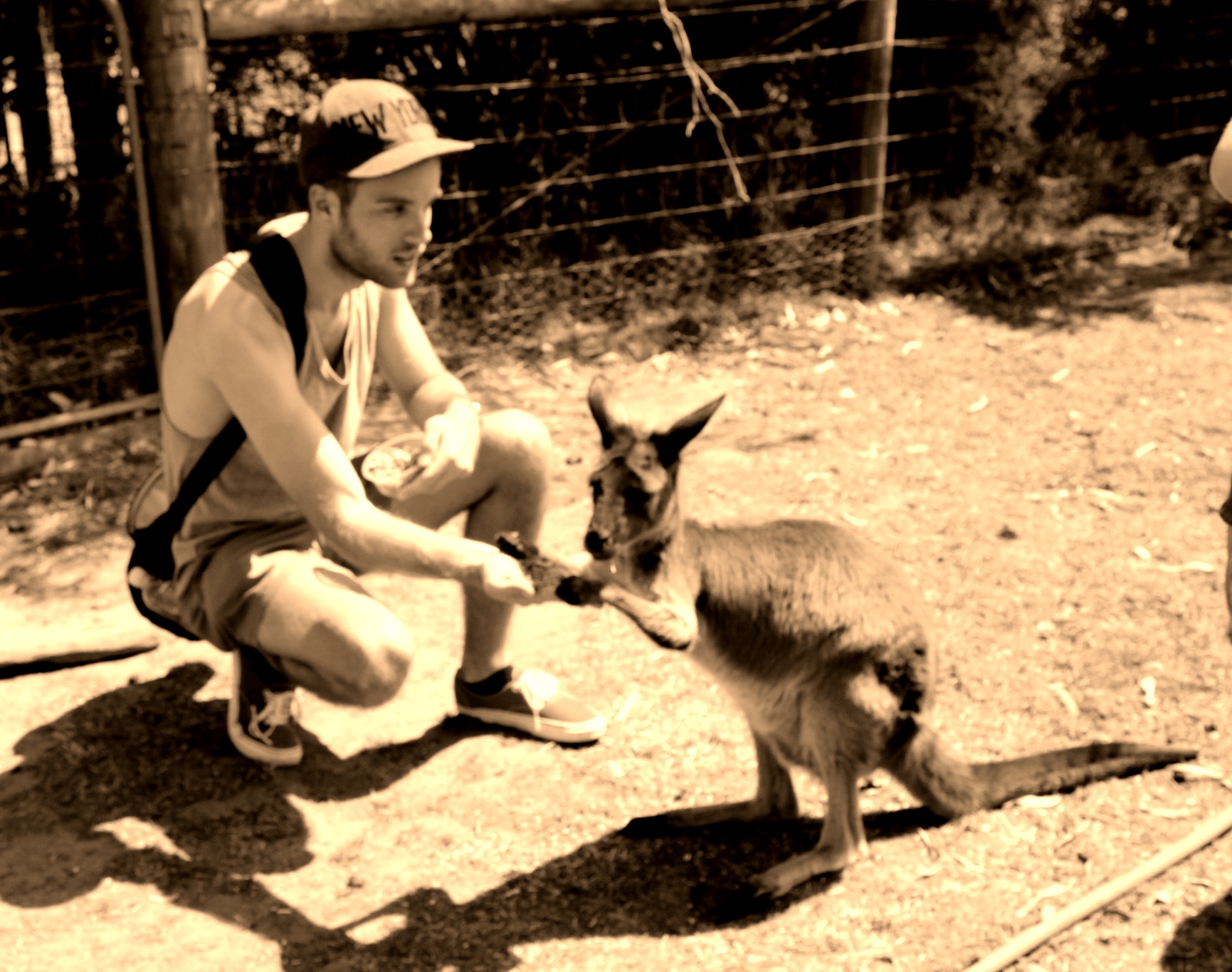
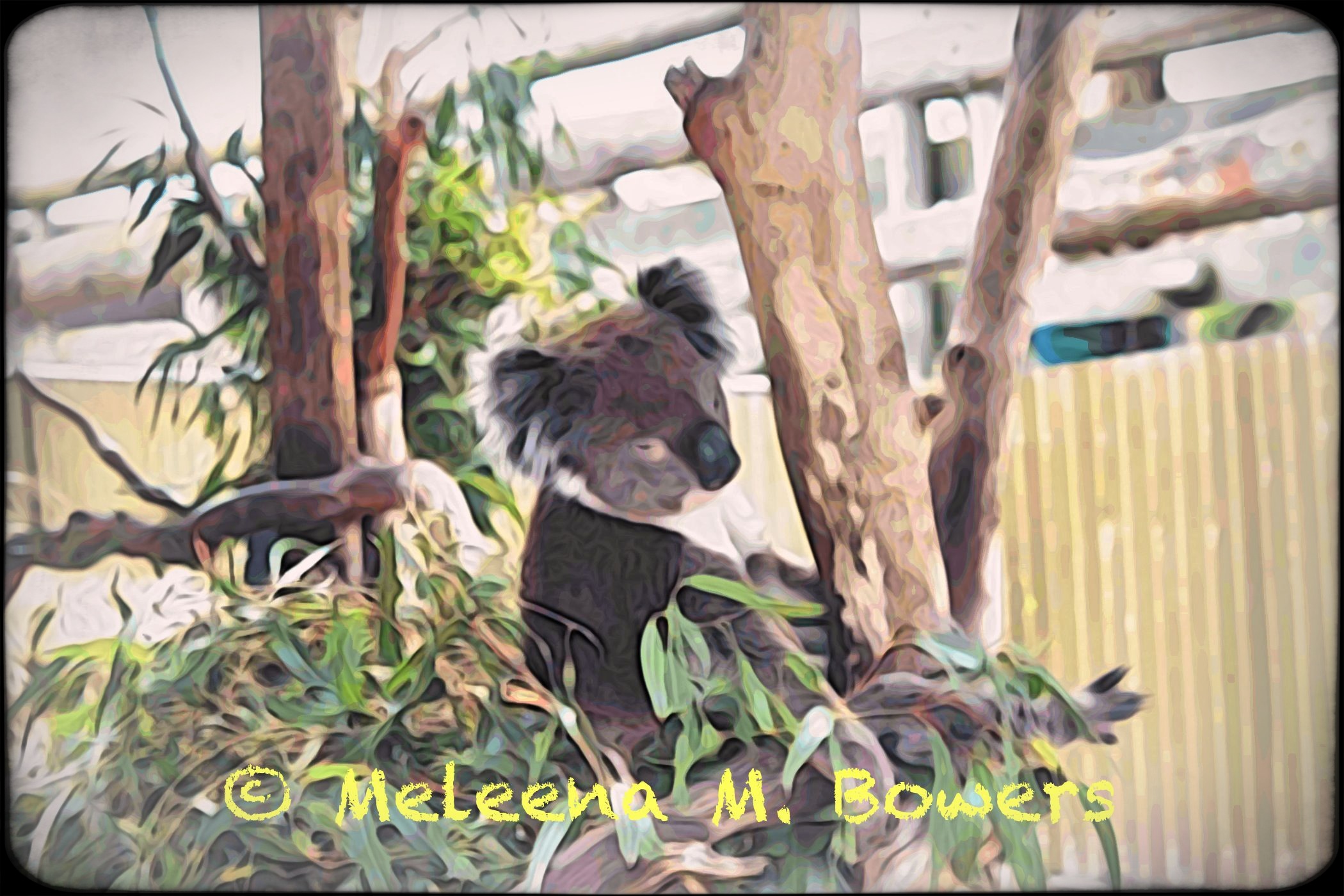
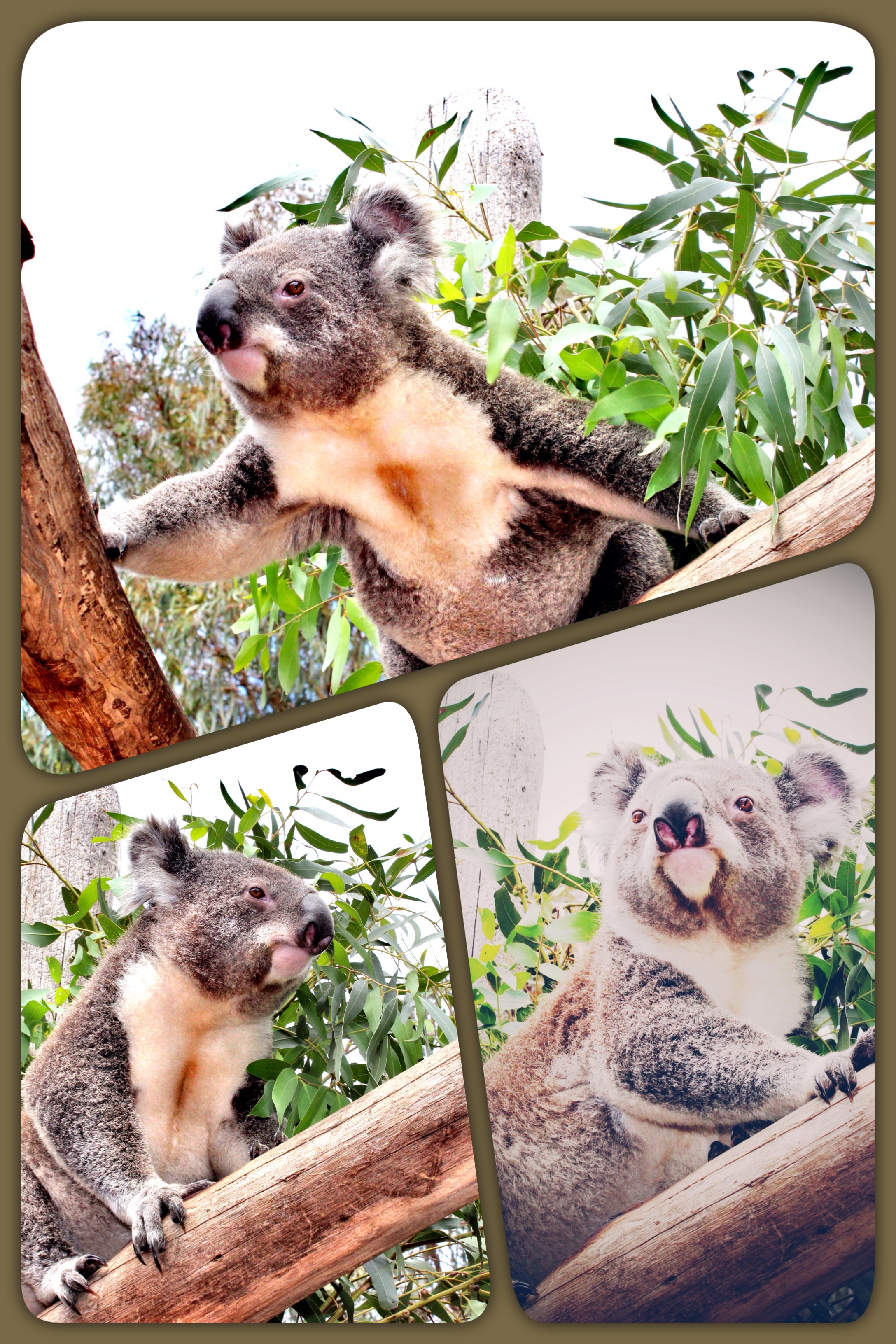
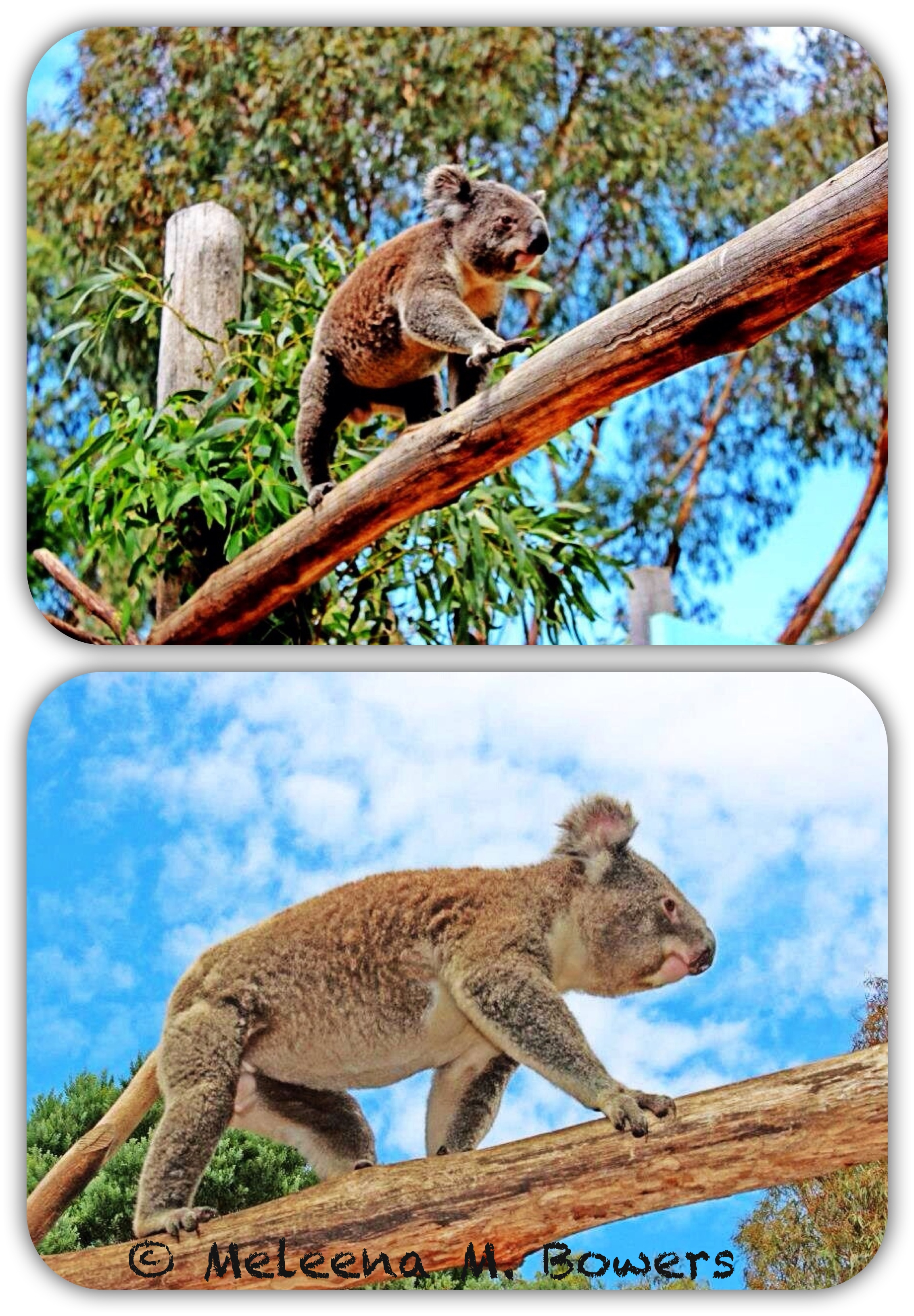
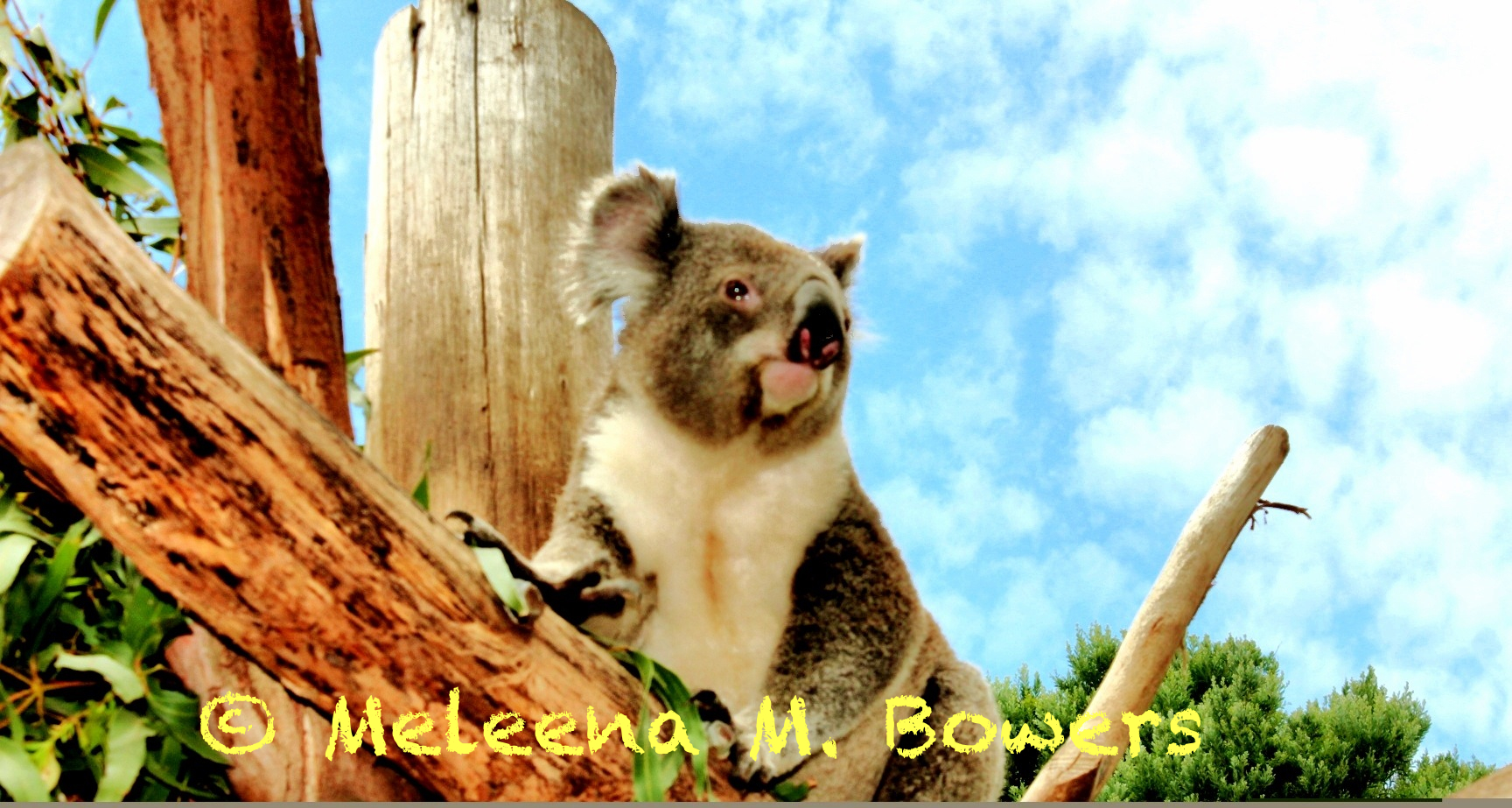
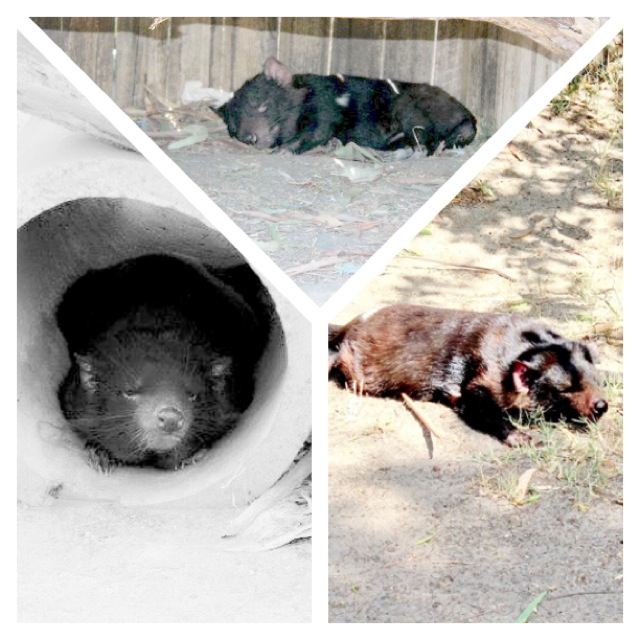
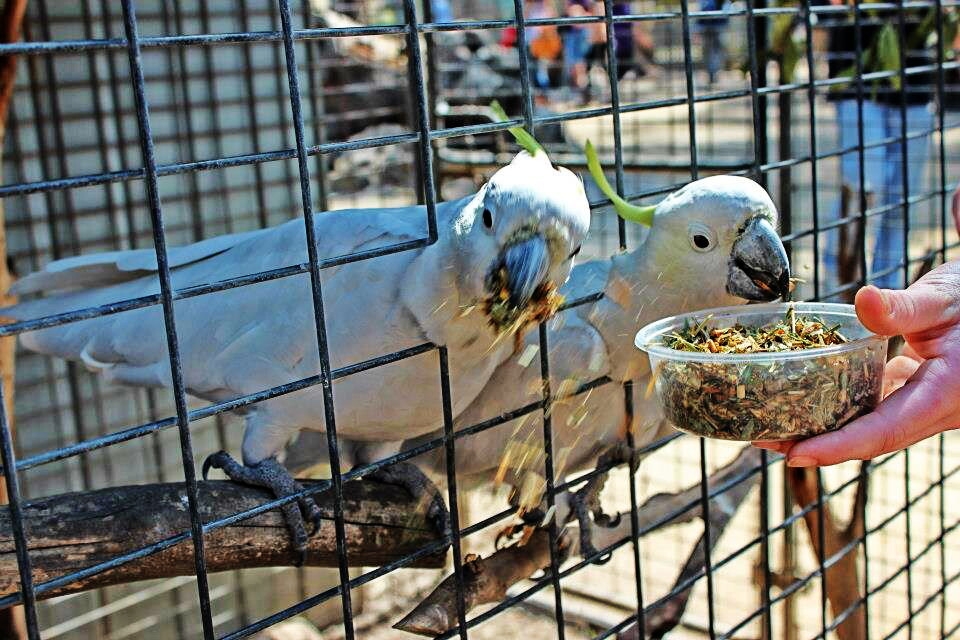





Leave a Reply